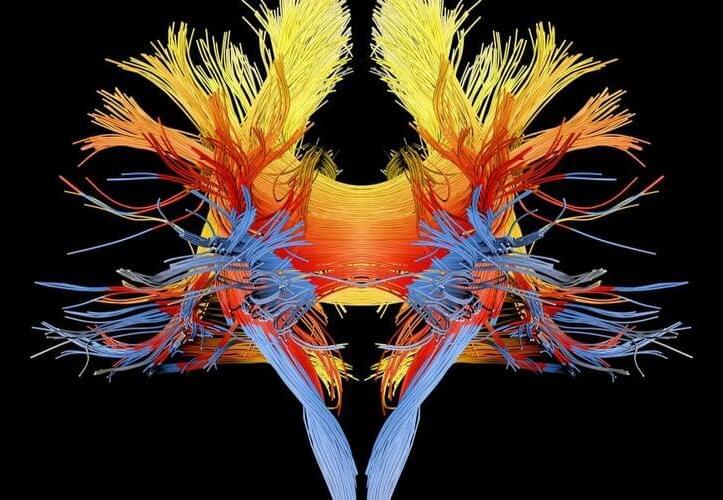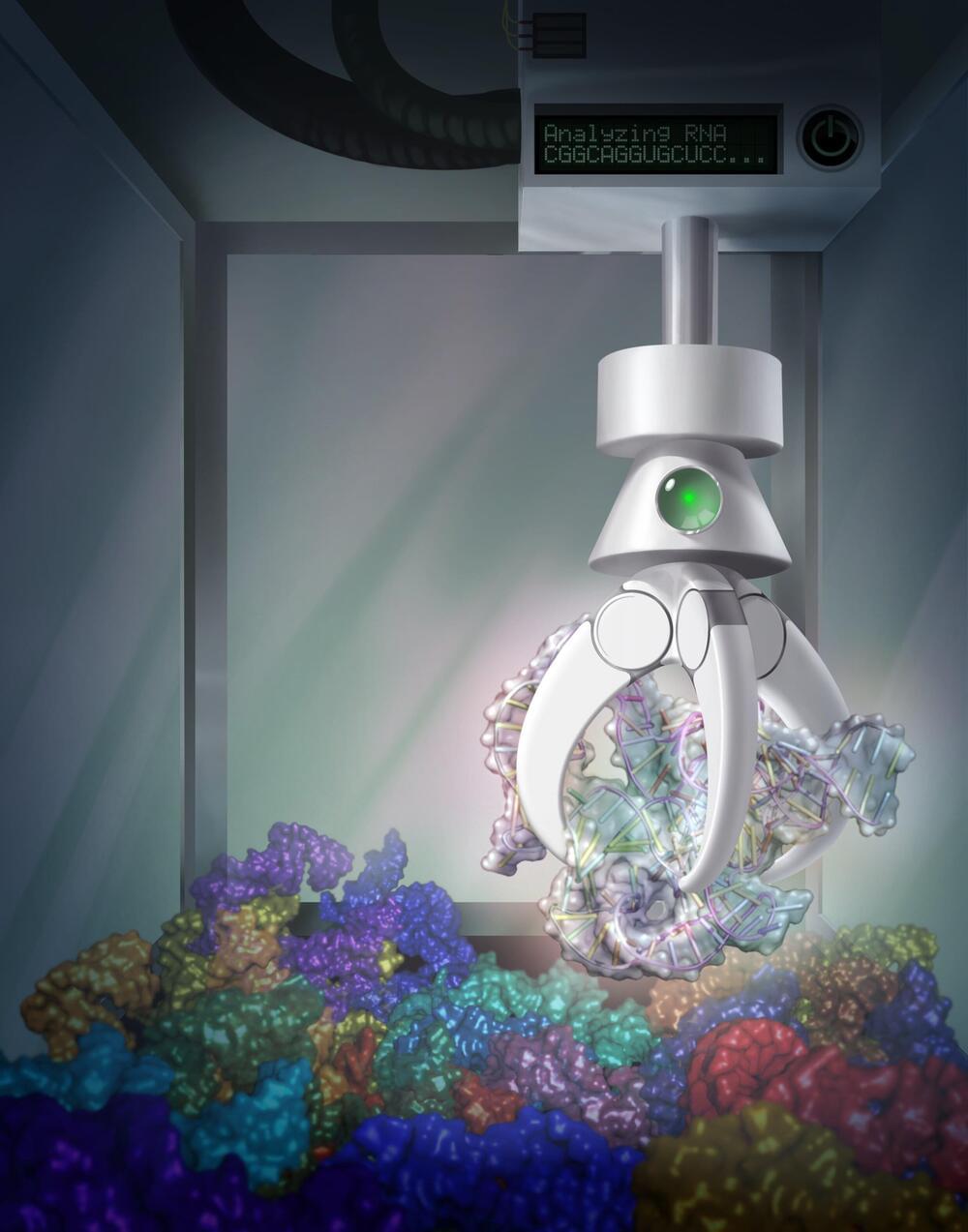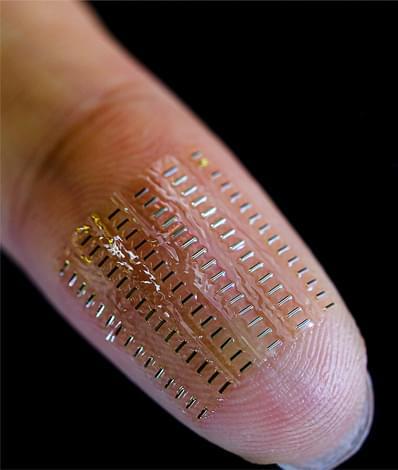Aug 26, 2021
Why Survival Bunkers Are So Expensive | So Expensive
Posted by Derick Lee in categories: biotech/medical, business, climatology, existential risks, finance, habitats
The business of private survival shelters has grown during the pandemic. They’re not just for survivalists and doomsday preppers anymore. Bunkers buried in backyards or remote landscapes are capable of withstanding nuclear fallout and hurricanes, as well as violent conflict.
WATCH MORE SO EXPENSIVE NEWS VIDEOS:
How The Tokyo Olympics Became The Most Expensive Summer Games Ever | So Expensive.
Why The Texas Polar Vortex Is So Expensive | So Expensive.
https://www.youtube.com/watch?v=689nDiplmIk.
Why Is Housing In Hong Kong So Expensive? | So Expensive.
https://www.youtube.com/watch?v=cs5L3c40cvk.
Continue reading “Why Survival Bunkers Are So Expensive | So Expensive” »


















